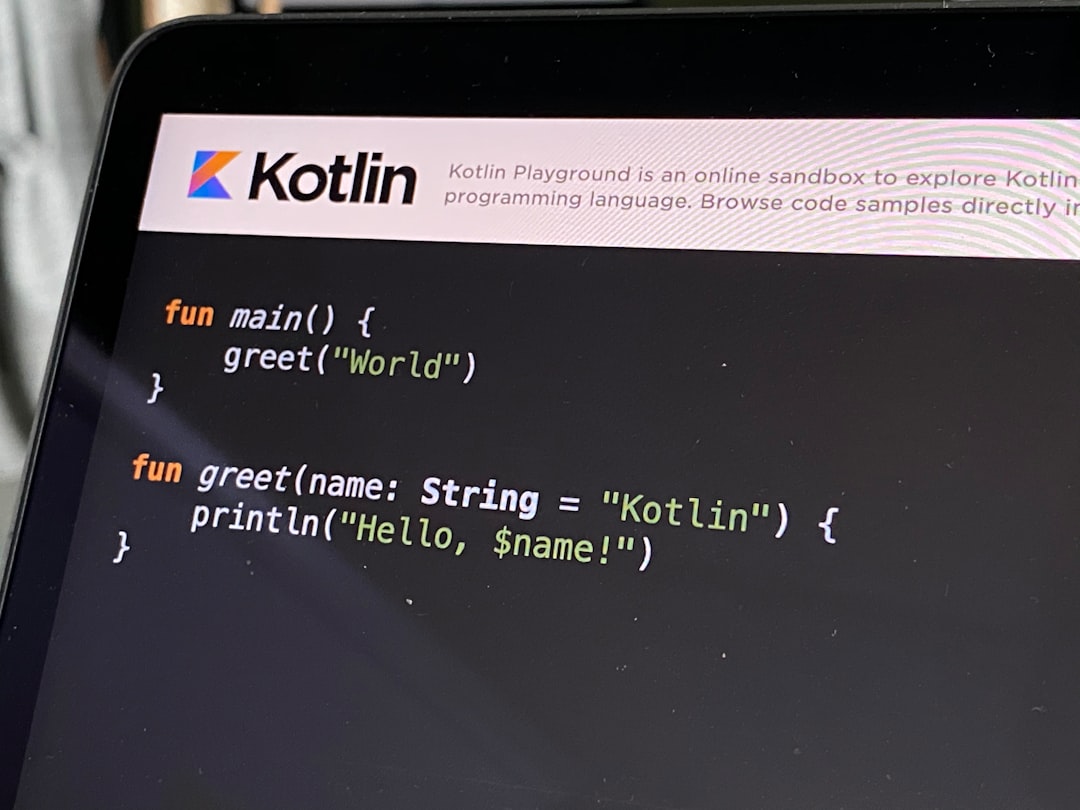
Optimizing Protocols for Efficient Debugging and Algorithmic Success
In the fast-evolving world of technology, the ability to optimize protocols for efficient debugging and algorithmic success has never been more crucial. As software and systems become increasingly complex, developers need effective strategies to diagnose and resolve issues while ensuring their algorithms perform optimally. This article delves into the best practices for optimizing debugging protocols and enhancing algorithmic efficiency.
Understanding Debugging Protocols
Debugging protocols are systematically structured approaches aimed at identifying, isolating, and fixing bugs or inefficiencies within software. The primary goal of debugging is to ensure that a program operates as intended, thereby enhancing the user experience and reducing frustration.
Why Optimize Debugging Protocols?
Optimizing debugging protocols leads to:
- Faster Issue Resolution: Streamlined debugging processes minimize downtime and enhance productivity.
- Improved Code Quality: A robust debugging protocol identifies issues early, leading to cleaner, more maintainable code.
- Cost Efficiency: Reducing the time spent on debugging translates to lower development costs.
Key Elements of Efficient Debugging
To achieve efficient debugging, consider the following elements:
1. Clear Logging Mechanisms
Implement detailed logging to capture runtime information. This can help in tracing back the source of errors. For instance, using structured logging formats like JSON allows for easier data analysis.
logger.info("User login attempt", user_id=user_id, timestamp=time())2. Automated Testing
Automation is a game changer in debugging. Continuous Integration/Continuous Deployment (CI/CD) pipelines can include automated tests that run whenever code changes occur. This process ensures that bugs are caught early in the development cycle.
3. Version Control Systems
Employing version control systems like Git not only helps in tracking changes but also allows developers to revert to previous states of the application when a bug is detected.
4. Code Reviews
Regular code reviews foster collaboration among team members and help identify potential issues before they escalate. Pair programming can also provide immediate feedback and enhance code quality.
Algorithms: The Heart of Optimization
While debugging is essential, optimizing algorithms is equally important. Efficient algorithms improve performance, reduce resource consumption, and enhance user satisfaction.
Key Strategies for Algorithm Optimization
1. Time Complexity Analysis
Understanding the time complexity of algorithms allows developers to choose the most efficient approach. For example, an algorithm with O(n log n) complexity is generally preferable to one with O(n^2) for larger datasets.
2. Data Structures
Choosing the right data structure can drastically improve algorithmic efficiency. For instance, using a hash table allows for constant time complexity for search operations, compared to O(n) with a list.
3. Memoization
Memoization is an optimization technique that stores the results of expensive function calls and returns the cached result when the same inputs occur again. This technique is particularly useful in recursive algorithms.
def fibonacci(n, memo={}):
if n in memo:
return memo[n]
if n <= 1:
return n
memo[n] = fibonacci(n-1, memo) + fibonacci(n-2, memo)
return memo[n]Emerging Trends in Debugging and Algorithm Optimization
As technology evolves, several trends are shaping the future of debugging and algorithm optimization:
1. AI-Assisted Debugging
Artificial Intelligence is increasingly being integrated into debugging tools to predict potential issues and recommend fixes. Tools like Microsoft IntelliCode and DeepCode utilize machine learning to assist developers in writing better code.
2. Cloud-Based Debugging Tools
With the rise of remote work, cloud-based debugging solutions enable teams to collaborate on debugging in real-time, irrespective of their geographical locations.
3. Real-Time Monitoring
Real-time performance monitoring tools such as New Relic or Datadog provide insights into application performance, allowing developers to proactively address issues before they affect users.
Conclusion
Optimizing protocols for efficient debugging and algorithmic success is essential in today's technology landscape. By implementing clear logging mechanisms, utilizing automated testing, and focusing on algorithm efficiency, developers can significantly enhance their workflow and product quality.
For further reading, you might explore resources like GeeksforGeeks, which offers numerous articles on debugging techniques and algorithm optimization.
Sharing this article or subscribing to our newsletter can keep you updated on the latest trends and tools in technology. With continuous learning and adaptation, you can ensure that your debugging and algorithm optimization skills remain sharp in this dynamic field.


